Ingested foreign bodies in adults, in contrast to in children, is often accidental. It usually occurs accidentally in association with food consumption and is most common in adults with underlying gastrointestinal tract pathology. Cases of intentional foreign body ingestion in adults are seen most frequently in people with psychiatric illnesses, drug smugglers (body-packing), and prisoners.
On this page:
Clinical presentation
Around 80% of cases are asymptomatic 1.
Pathology
The most commonly ingested foreign bodies in adults are chicken bones, fish bones and dentures 1. Ingestion of foreign bodies in adults is often associated with pre-existing pathologies, including strictures, malignancy or oesophageal rings 2.
Radiographic features
Plain radiograph
Whilst certain cases may be investigated through clinical assessment alone, plain radiographs may be used as an initial screening method for identifying ingested foreign bodies. However, this may be insufficient for very small or non-radiodense foreign bodies. Where radiographic examination is indicated, contrast studies are usually avoided as they may exacerbate complications and also inhibit clear visualisation during potential subsequent endoscopy 3.
CT
CT can be useful in the identification of foreign bodies that are not detected on plain radiograph, with a sensitivity of up to 100% 4. CT is also indicated in patients with suspected complications of foreign body ingestion, such as perforation 5.
Treatment and prognosis
In ~80% of cases, the ingested foreign body passes spontaneously without complication, whilst endoscopy is required in ~20% 1,6. Indications for emergency endoscopy include:
complete oesophageal occlusion
sharp edges of the ingested object
battery ingestion
Surgery may be required in <1% of patients 7.


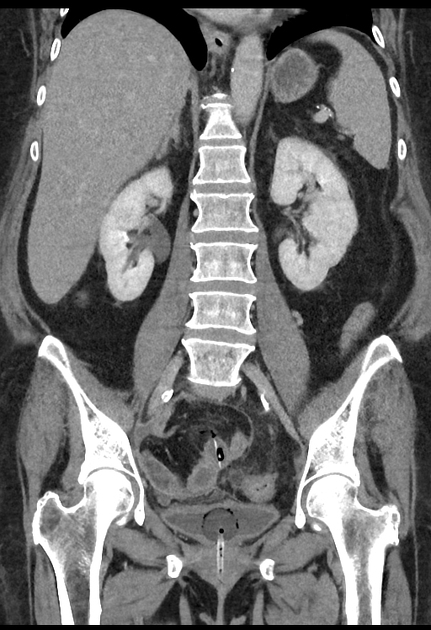
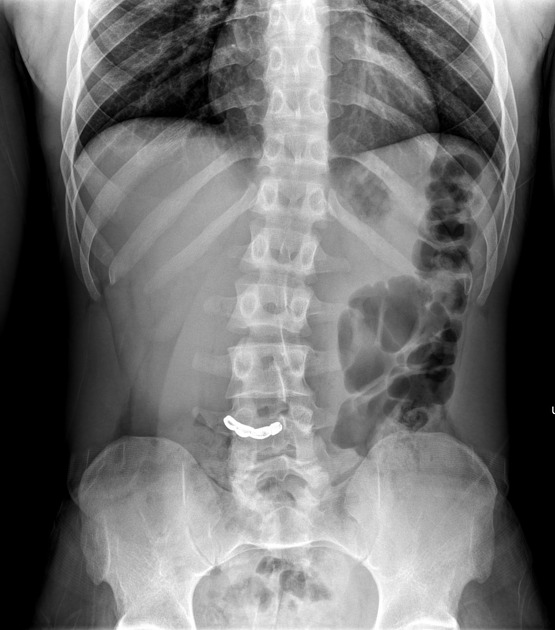
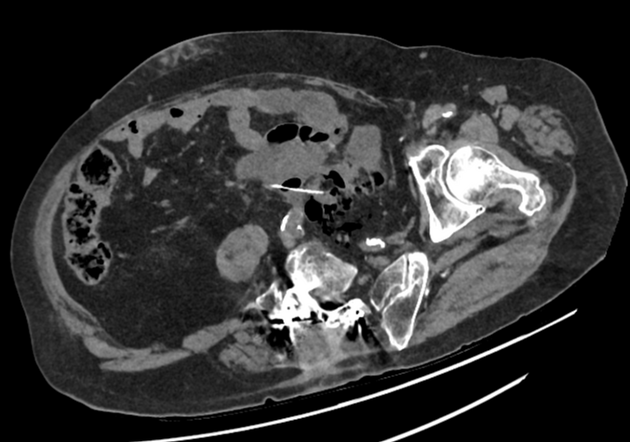

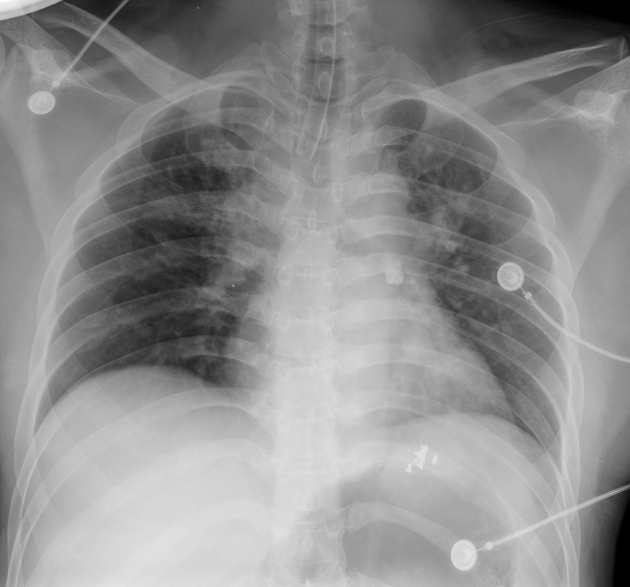
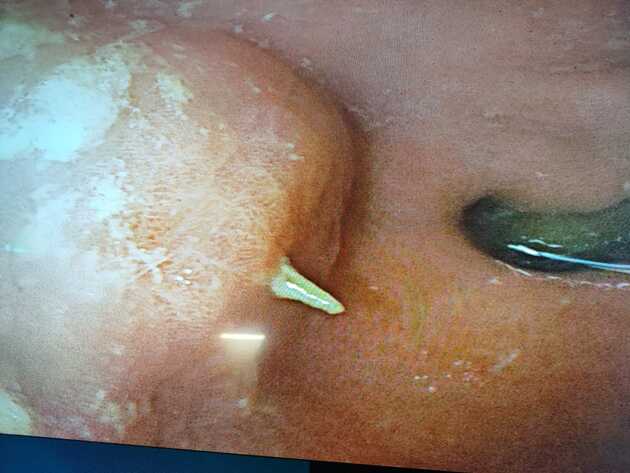



 Unable to process the form. Check for errors and try again.
Unable to process the form. Check for errors and try again.